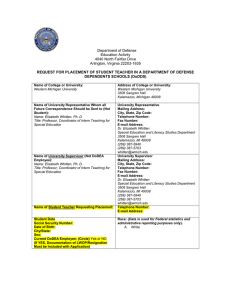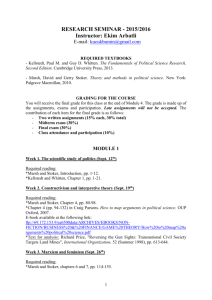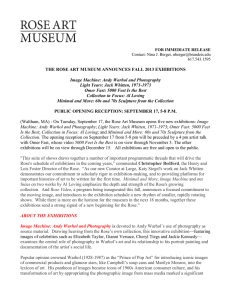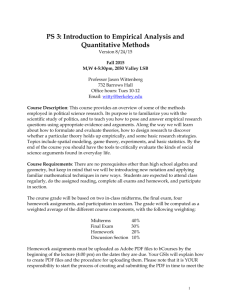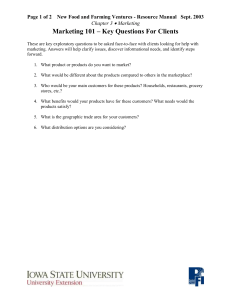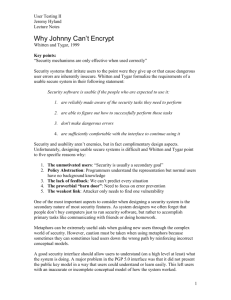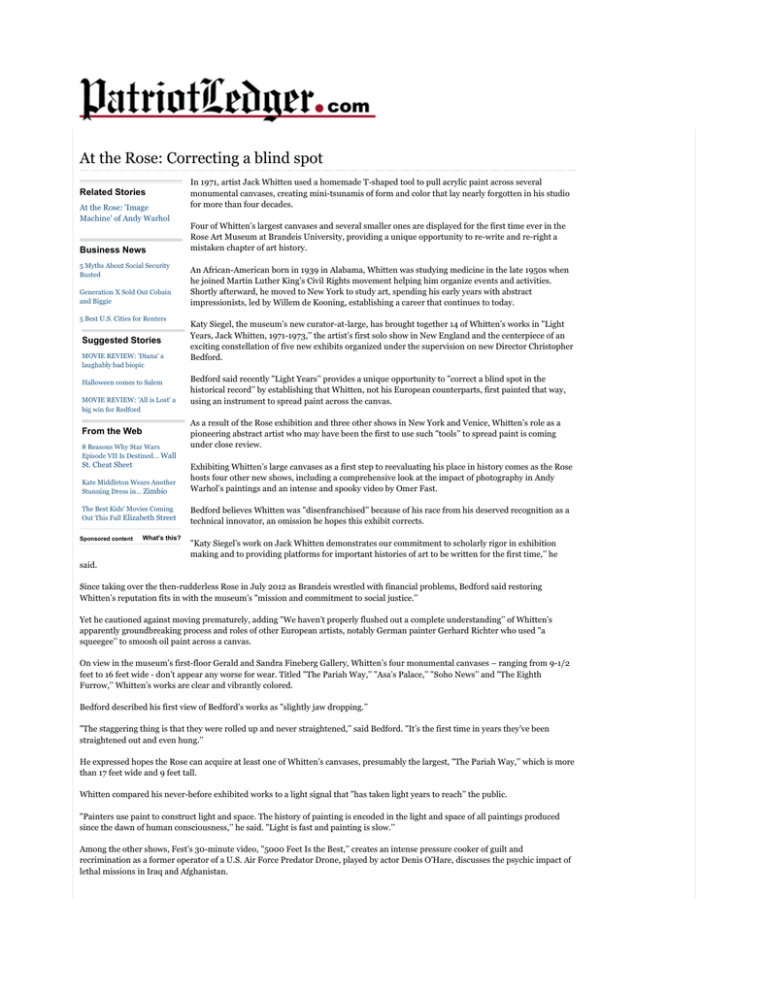
At the Rose: Correcting a blind spot
Related Stories
At the Rose: 'Image
Machine' of Andy Warhol
Business News
5 Myths About Social Security
Busted
Generation X Sold Out Cobain
and Biggie
5 Best U.S. Cities for Renters
Suggested Stories
MOVIE REVIEW: 'Diana' a
laughably bad biopic
Halloween comes to Salem
MOVIE REVIEW: 'All is Lost' a
big win for Redford
From the Web
8 Reasons Why Star Wars
Episode VII Is Destined… Wall
St. Cheat Sheet
Kate Middleton Wears Another
Stunning Dress in… Zimbio
The Best Kids' Movies Coming
Out This Fall Elizabeth Street
Sponsored content
What's this?
In 1971, artist Jack Whitten used a homemade T-shaped tool to pull acrylic paint across several
monumental canvases, creating mini-tsunamis of form and color that lay nearly forgotten in his studio
for more than four decades.
Four of Whitten’s largest canvases and several smaller ones are displayed for the first time ever in the
Rose Art Museum at Brandeis University, providing a unique opportunity to re-write and re-right a
mistaken chapter of art history.
An African-American born in 1939 in Alabama, Whitten was studying medicine in the late 1950s when
he joined Martin Luther King’s Civil Rights movement helping him organize events and activities.
Shortly afterward, he moved to New York to study art, spending his early years with abstract
impressionists, led by Willem de Kooning, establishing a career that continues to today.
Katy Siegel, the museum’s new curator-at-large, has brought together 14 of Whitten’s works in "Light
Years, Jack Whitten, 1971-1973,’’ the artist’s first solo show in New England and the centerpiece of an
exciting constellation of five new exhibits organized under the supervision on new Director Christopher
Bedford.
Bedford said recently "Light Years’’ provides a unique opportunity to "correct a blind spot in the
historical record’’ by establishing that Whitten, not his European counterparts, first painted that way,
using an instrument to spread paint across the canvas.
As a result of the Rose exhibition and three other shows in New York and Venice, Whitten’s role as a
pioneering abstract artist who may have been the first to use such "tools’’ to spread paint is coming
under close review.
Exhibiting Whitten’s large canvases as a first step to reevaluating his place in history comes as the Rose
hosts four other new shows, including a comprehensive look at the impact of photography in Andy
Warhol’s paintings and an intense and spooky video by Omer Fast.
Bedford believes Whitten was "disenfranchised’’ because of his race from his deserved recognition as a
technical innovator, an omission he hopes this exhibit corrects.
"Katy Siegel’s work on Jack Whitten demonstrates our commitment to scholarly rigor in exhibition
making and to providing platforms for important histories of art to be written for the first time,’’ he
said.
Since taking over the then-rudderless Rose in July 2012 as Brandeis wrestled with financial problems, Bedford said restoring
Whitten’s reputation fits in with the museum’s "mission and commitment to social justice.’’
Yet he cautioned against moving prematurely, adding "We haven’t properly flushed out a complete understanding’’ of Whitten’s
apparently groundbreaking process and roles of other European artists, notably German painter Gerhard Richter who used "a
squeegee’’ to smoosh oil paint across a canvas.
On view in the museum’s first-floor Gerald and Sandra Fineberg Gallery, Whitten’s four monumental canvases – ranging from 9-1/2
feet to 16 feet wide - don’t appear any worse for wear. Titled "The Pariah Way,’’ "Asa’s Palace,’’ "Soho News’’ and "The Eighth
Furrow,’’ Whitten’s works are clear and vibrantly colored.
Bedford described his first view of Bedford’s works as "slightly jaw dropping.’’
"The staggering thing is that they were rolled up and never straightened,’’ said Bedford. "It’s the first time in years they’ve been
straightened out and even hung.’’
He expressed hopes the Rose can acquire at least one of Whitten’s canvases, presumably the largest, "The Pariah Way,’’ which is more
than 17 feet wide and 9 feet tall.
Whitten compared his never-before exhibited works to a light signal that "has taken light years to reach’’ the public.
"Painters use paint to construct light and space. The history of painting is encoded in the light and space of all paintings produced
since the dawn of human consciousness,’’ he said. "Light is fast and painting is slow.’’
Among the other shows, Fest’s 30-minute video, "5000 Feet Is the Best,’’ creates an intense pressure cooker of guilt and
recrimination as a former operator of a U.S. Air Force Predator Drone, played by actor Denis O’Hare, discusses the psychic impact of
lethal missions in Iraq and Afghanistan.
Fusing Kafka and Dr. Strangelove, "5000 Feet Is the Best’’ explores the impact of the psychic impact of the war on terror on a man
who’s seen too much of both.
Chris Bergeron is a Daily News staff writer. Contact him at cbergeron@wickedlocal.com or 508-626-4448. Follow us on Twitter
@WickedLocalArts and on Facebook.
"Light Years: Jack Whitten, 1971-73’’
WHEN: Through Dec. 15
WHERE: Rose Art Museum, Brandeis University
INFO: 781-736-3434; www.brandeis.edu/rose
Comment or view comments »
Login with:
0 Comments
Record video
powered by:
Upload video
Submit
Upload image
Follow
Contact us | Privacy Policy | Terms of Service |
The Patriot Ledger | 400 Crown Colony Drive, P.O. 699159, Quincy MA 02269-9159
Copyright © 2006-2013 GateHouse Media, Inc. Some Rights Reserved.
Original content available for non-commercial use under a Creative Commons license, except where noted.
Real Estate | Find your Wicked Local Town | Wicked Local Media Solutions | More Content Now | RadarFrog
Newest


